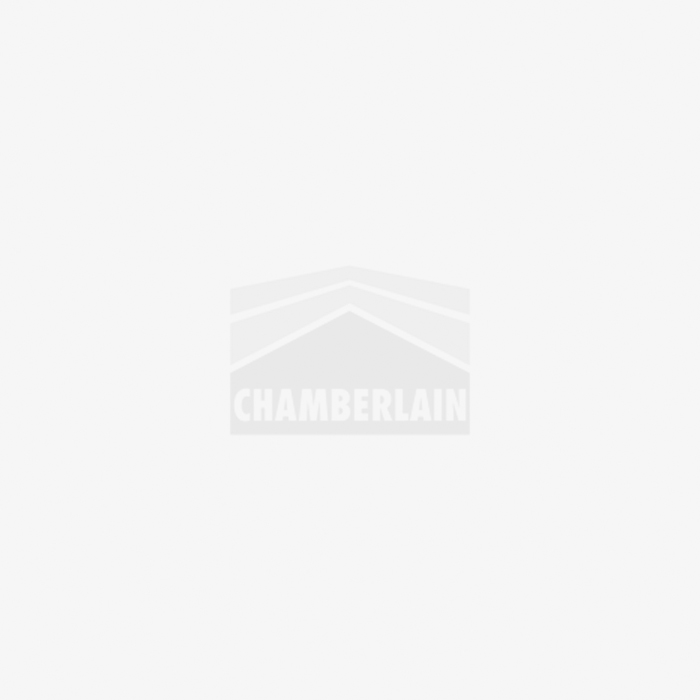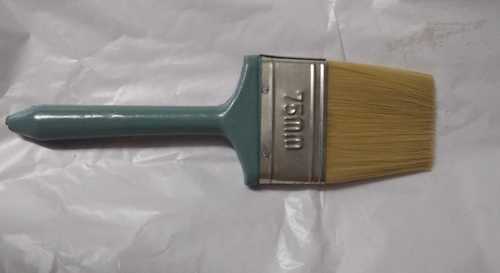- How To Smooth Paint Brush Strokes
- Paint Brush The Forest
- Smooth Paint Brush Photoshop
- How To Smooth Paint Brush Strokes
- Smooth Coat Paint Brush
- Smooth Brush Paint Tool Sai

The right brush or roller can be the difference between a paint project living up to your dreams, and needing a do-over. If you’re not sure which one your project needs, we’re here to help.
Brush or Roller?
Start by using a paint brush and getting in all the cracks and corners. If I were you I would do a quick layer with the paint brush and let that dry completely. Time to get the smooth look! With your watered down paint, use a foam roller to apply the paint to the bed frame.

Brushes are great for smaller projects and detailed areas. Their smaller size makes them useful for trim, ceilings, and cutting in along corners. The other big reason for using a brush is if you’re staining a surface. The bristles on a brush do a better job of working the stain deep into a surface, meaning you’ll get a better look and better durability.
Your other option is a roller. Most jobs will require a 9″ roller cover – they’re designed to hold more paint and cover more area, so they work great for larger surface areas such as walls and ceilings.

Which brush? Which roller?

How To Smooth Paint Brush Strokes
Brushes come in several shapes and sizes, and each is good for different scenarios. An easy way to pick a brush is by determining the type of coating you’re using.
- For water-based coatings, use a Valspar Wall and Trim Brush.
- For oil-based coatings, we recommend the Valspar All Stain Brush.
- If you’re not sure, go with the Valspar Wall & Trim Brush, it’s a great all-arounder.
- Natural-bristle brushes made with animal hairs are used for applying oil base paints, varnishes, shellac, polyurethane and other oil base finishes. The natural 'flagging' (splitting or fuzzy tips) of these brushes creates split ends in the bristles that hold more paint and help assure a smooth paint release and finish.
- I usually do not like to paint smooth surfaces with a brush because of the brush stokes they leave. But I've recently gotten into chalk painting furniture and needed a good brush. Hands down, by far, this is the best brush I have ever used. Very smooth finish. Holding its shape nicely.
If you’re opting for a roller, there’s a few different kinds of roller covers, so you’ll want to figure out which one is right for you.
Always try to use a top-quality roller cover. There’s a reason they’re top quality – they carry more paint to the surface, which means you’ll be done sooner and with less effort. They’re also made from materials that give you a smooth, lint-free finish. A quality roller can also play a critical role in terms of paint-hiding capability. Luckily for you, Valspar has high-quality roller covers in a number of materials and nap sizes.
What roller cover do I need?
First, you’ll need to figure out what nap size is right for your project. The general rule of thumb is:
- 1/4″ – Use for ultra-smooth surfaces like cabinets, doors & metal.
- 3/8″ – Use for smooth surfaces like walls & ceilings.
- 1/2″ – Use for semi-smooth surfaces like textured walls, textured ceilings, plaster & wood.
- 3/4″ – Use for rough surfaces like stucco, decks & masonry.

Paint Brush The Forest
Next, you’ll need to decide on either a knit, woven or microfiber cover. Woven roller covers are more shed-resistant, so they’re better for gloss and semi-gloss finishes, which can highlight lint left over from the roller. For flat, eggshell, and satin finishes, knit roller covers do the job more efficiently. For consistent control and smooth finish, we recommend microfiber roller covers.
For all brushes and rollers, see the application instructions on the back panel of Valspar paint products, or check with your store associate to make sure that you choose the proper applicator.
Choosing the right paintbrush can make all the difference in your next project. Hardware store shelves are lined with a multitude of options; so how do you know which brush to pick? The most important factor in determining which paintbrush is best for your project depends on the type of coating you’re using.
Smooth Paint Brush Photoshop
OIL-BASED COATINGS
Natural bristle is the best choice for oil-based paints, varnishes, shellac, alkyd enamels, stains, and polyurethanes. The highest quality bristles come from mainland China. Experienced, traditional painters will say there’s nothing like the finish that a China bristle paintbrush can provide for oil-based coatings. If you’re painting a smooth surface, use a white China bristle for a smooth finish or, if you need to achieve an even finer finish, a China bristle blended with ox hair is recommended. When painting a textured surface, a black China bristle will work best because it’s slightly stiffer and is excellent for high-productivity applications. If you need to paint a rough surface, natural bristle brushes are not recommended. Rough surfaces will break the tips off of natural bristle and will ruin the brush. A synthetic, firm brush is best for this application even when using oil-based coatings because it’s very durable and will resist wear on the rough surface.
How To Smooth Paint Brush Strokes
WATER-BASED COATINGS
Smooth Coat Paint Brush
Synthetic brushes are recommended for latex and acrylic paints and water-based wood finishes. Synthetic brushes are available in a variety of filaments including Chinex®, nylon, nylon/polyester blend, and polyester. Chinex® FTP® brushes are designed for today’s paints and offer excellent paint pickup and production with a smooth, professional finish and easy cleanup. Chinex FTP brushes will maintain their stiffness for control even when exposed to heat and humidity. Nylon brushes are very durable but may soften in hot weather or after prolonged use in latex paint. Polyester brushes will maintain their shape and control when exposed to heat but have lower paint pickup and production meaning you will spend more time loading your brush than the wall. Also, today’s paints contain more acrylic resins and fast-drying solids which stick to polyester making them difficult to clean and limit the life of the brush. A nylon/polyester blend brush combines all the positive qualities of nylon (precise tipping, excellent paint pickup, and smooth finish) and polyester (added stiffness and control) and is, by far, the most popular professional paintbrush choice due to their versatility.
Smooth Brush Paint Tool Sai
The Wooster Brush Company offers quality brushes for every variety of coating available, but different brushes excel in specific applications. To help you select the perfect brush for your next project, visit our Paint Brush Advisor. If you have additional questions or need more information, please contact our Customer Service Department.
